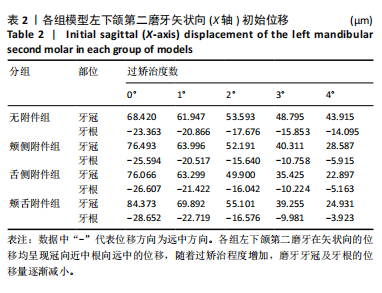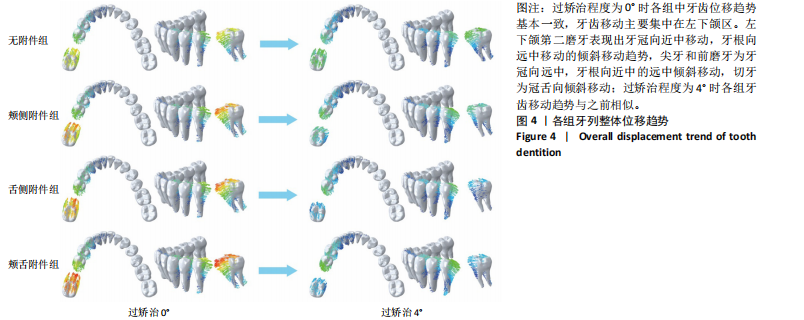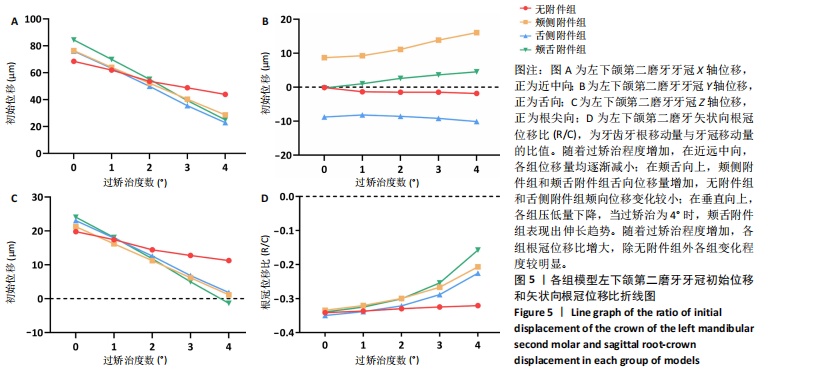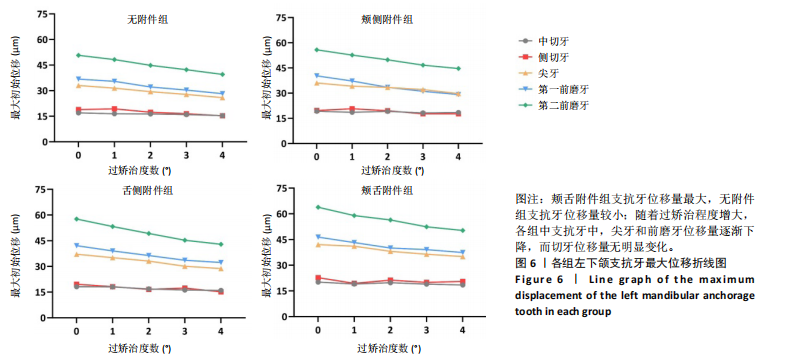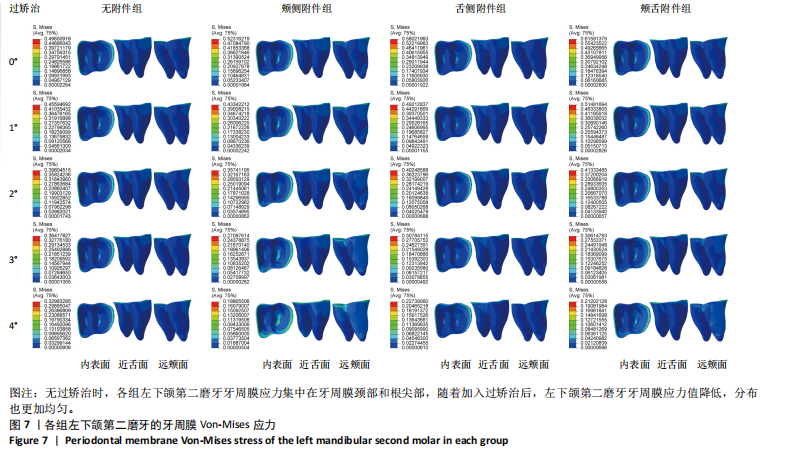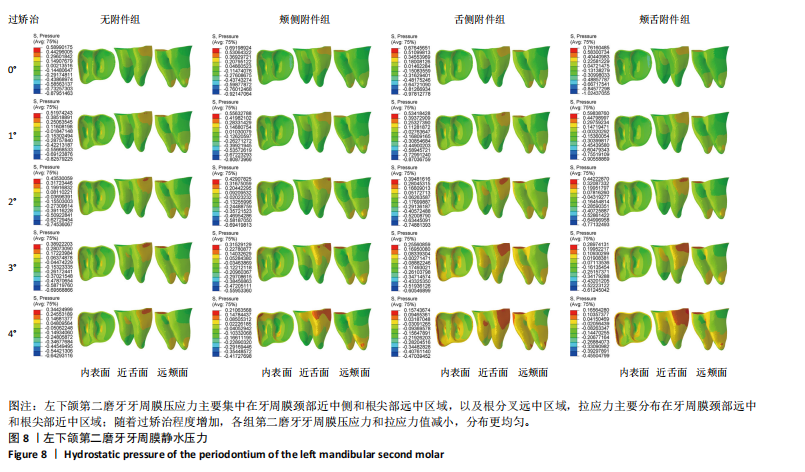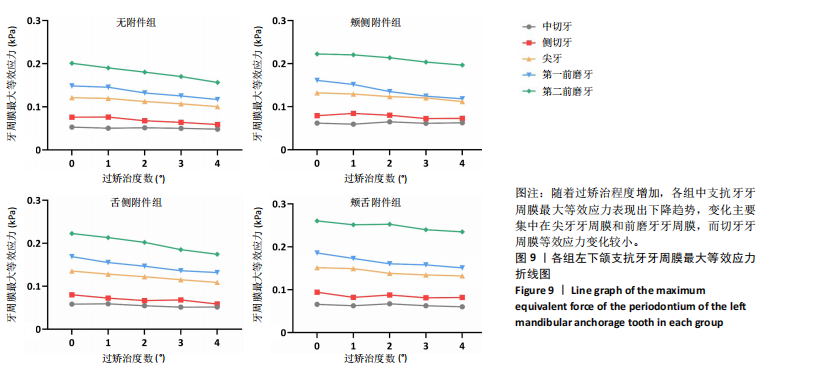[1] LAKHANI S, NOBLE F, RODD H, et al. Management of children with poor prognosis first permanent molars: an interdisciplinary approach is the key. Br Dent J. 2023;234(10):731-736.
[2] WANG MQ, XUE F, HE JJ, et al. Missing posterior teeth and risk of temporomandibular disorders. J Dent Res. 2009;88(10):942-945.
[3] HONG H, ZHOU J, FAN Q, et al. Characteristics of spatial changes in molars and alveolar bone resorption among patients with loss of mandibular first molars: A cbct-based morphometric study. J Clin Med. 2023;12(5):1932.
[4] BAIK UB, JUNG JY, JUNG HJ, et al. Alveolar bone changes after molar protraction in young adults with missing mandibular second premolars or first molars. Angle Orthod. 2022;92(1):64-72.
[5] 李思进, 李永明. 第二磨牙近中移动关闭第一磨牙缺失或拔除间隙的临床应用[J]. 中国实用口腔科杂志,2024,17(5):591-596.
[6] AMAN M, JEELANI W, AHMED M, et al. Alveolar bone loss and root resorption in mesialized second molars in mandibular first molar extraction cases as compared to contralateral non-extraction side in young adults: A retrospective cross-sectional study. Int Orthod. 2023;21(3):100774.
[7] 李春霞, 周思颖, 米丛波. 正畸前移第二磨牙关闭第一磨牙间隙的临床疗效分析[J].中国美容医学,2023,32(12):132-135.
[8] JIANG Q, LI J, MEI L, et al. Periodontal health during orthodontic treatment with clear aligners and fixed appliances: A meta-analysis. J Am Dent Assoc. 2018;149(8):712-720.e12.
[9] FANG X, QI R, LIU C. Root resorption in orthodontic treatment with clear aligners: A systematic review and meta-analysis. Orthod Craniofac Res. 2019;22(4):259-269.
[10] CASTROFLORIO T, SEDRAN A, PARRINI S, et al. Predictability of orthodontic tooth movement with aligners: effect of treatment design. Prog Orthod. 2023;24(1):2.
[11] YASSIR YA, NABBAT SA, MCINTYRE GT, et al. Clinical effectiveness of clear aligner treatment compared to fixed appliance treatment: an overview of systematic reviews. Clin Oral Investig. 2022;26(3):2353-2370.
[12] PALONE M, PIGNOTTI A, MORIN E, et al. Analysis of overcorrection to be included for planning clear aligner therapy: a retrospective study. Angle Orthod. 2023;93(1):11-18.
[13] HONG YY, ZHOU MQ, CAI CY, et al. Efficacy of upper-incisor torque control with clear aligners: a retrospective study using cone-beam computed tomography. Clin Oral Investig. 2023;27(7):3863-3873.
[14] 黄钖钖, 刘浩, 王诗语,等. 过矫治设计在无托槽隐形矫治中的应用现状[J].口腔医学,2023,43(9):849-853.
[15] NUCERA R, DOLCI C, BELLOCCHIO AM, et al. Effects of composite attachments on orthodontic clear aligners therapy: A systematic review. Materials (Basel). 2022;15(2):533.
[16] 周妍, 彭友俭. 双矩形附件对透明矫治器磨牙近中移动的三维有限元分析[J]. 口腔医学,2023,43(10):883-888.
[17] 李晨, 朱广智, 康小翠,等. 下颌第一磨牙近中移动的三维有限元分析[J]. 口腔医学研究,2023,39(7):634-639.
[18] WANG S, HUANG Y, FAN D, et al. Effects of overtreatment with different attachment positions on maxillary anchorage enhancement with clear aligners: a finite element analysis study. BMC Oral Health. 2023;23(1):693.
[19] BARONE S, PAOLI A, RAZIONALE AV, et al. Computational design and engineering of polymeric orthodontic aligners. Int J Numer Method Biomed Eng. 2017;33(8):e2839.
[20] WANG CY, SU MZ, CHANG HH, et al. Tension-compression viscoelastic behaviors of the periodontal ligament. J Formos Med Assoc. 2012; 111(9):471-481.
[21] GAO J, GUO D, ZHANG X, et al. Biomechanical effects of different staging and attachment designs in maxillary molar distalization with clear aligner: a finite element study. Prog Orthod. 2023;24(1):43.
[22] YE N, BROWN BE, MANTELL SC, et al. Validation of finite element models for orthodontic aligners. J Mech Behav Biomed Mater. 2022; 134:105404.
[23] ELSHAZLY TM, BOURAUEL C, ALDESOKI M, et al. Computer-aided finite element model for biomechanical analysis of orthodontic aligners. Clin Oral Investig. 2023;27(1):115-124.
[24] LI N, WANG C, YANG M, et al. Effects of different tooth movement patterns and aligner thicknesses on maxillary arch expansion with clear aligners: a three-dimensional finite element study. Front Bioeng Biotechnol. 2024;12:1424319.
[25] GOMEZ JP, PEÑA FM, MARTÍNEZ V, et al. Initial force systems during bodily tooth movement with plastic aligners and composite attachments: A three-dimensional finite element analysis. Angle Orthod. 2015;85(3):454-460.
[26] LYU X, CAO X, YAN J, et al. Biomechanical effects of clear aligners with different thicknesses and gingival-margin morphology for appliance design optimization. Am J Orthod Dentofacial Orthop. 2023;164(2): 239-252.
[27] KORU AKAN BE, HANCIOĞLU KIRCELLI B, PAŞAOĞLU BOZKURT A, et al. A finite element analysis of the effects of semipontic design on tooth movement during mesialization of the mandibular second molar with clear aligners. Am J Orthod Dentofacial Orthop. 2024;166(5):490-502.
[28] LYU X, CAO X, CHEN L, et al. Accumulated biomechanical effects of mandibular molar mesialization using clear aligners with auxiliary devices: an iterative finite element analysis. Prog Orthod. 2023;24(1):13.
[29] ALDAYEL AM, ALGAHNEM ZJ, ALRASHIDI IS, et al. Orthodontics and temporomandibular disorders: an overview. Cureus. 2023;15(10): e47049.
[30] MELSEN B, MCNAMARA JA JR, HOENIE DC. The effect of bite-blocks with and without repelling magnets studied histomorphometrically in the rhesus monkey (macaca mulatta). Am J Orthod Dentofacial Orthop. 1995;108(5):500-509.
[31] BOYD RL. Esthetic orthodontic treatment using the invisalign appliance for moderate to complex malocclusions. J Dent Educ. 2008;72(8):948-967.
[32] 施则安, 夏恺, 罗良语,等. 无托槽隐形矫治器联合微种植体内收并压低上前牙的三维有限元分析[J].华西口腔医学杂志,2022, 40(5):589-596.
[33] CICCIÙ M. Bioengineering methods of analysis and medical devices: A current trends and state of the art. Materials (Basel). 2020;13(3):797.
[34] SINGH JR, KAMBALYAL P, JAIN M, et al. Revolution in orthodontics: finite element analysis. J Int Soc Prev Community Dent. 2016;6(2):110-114. |
